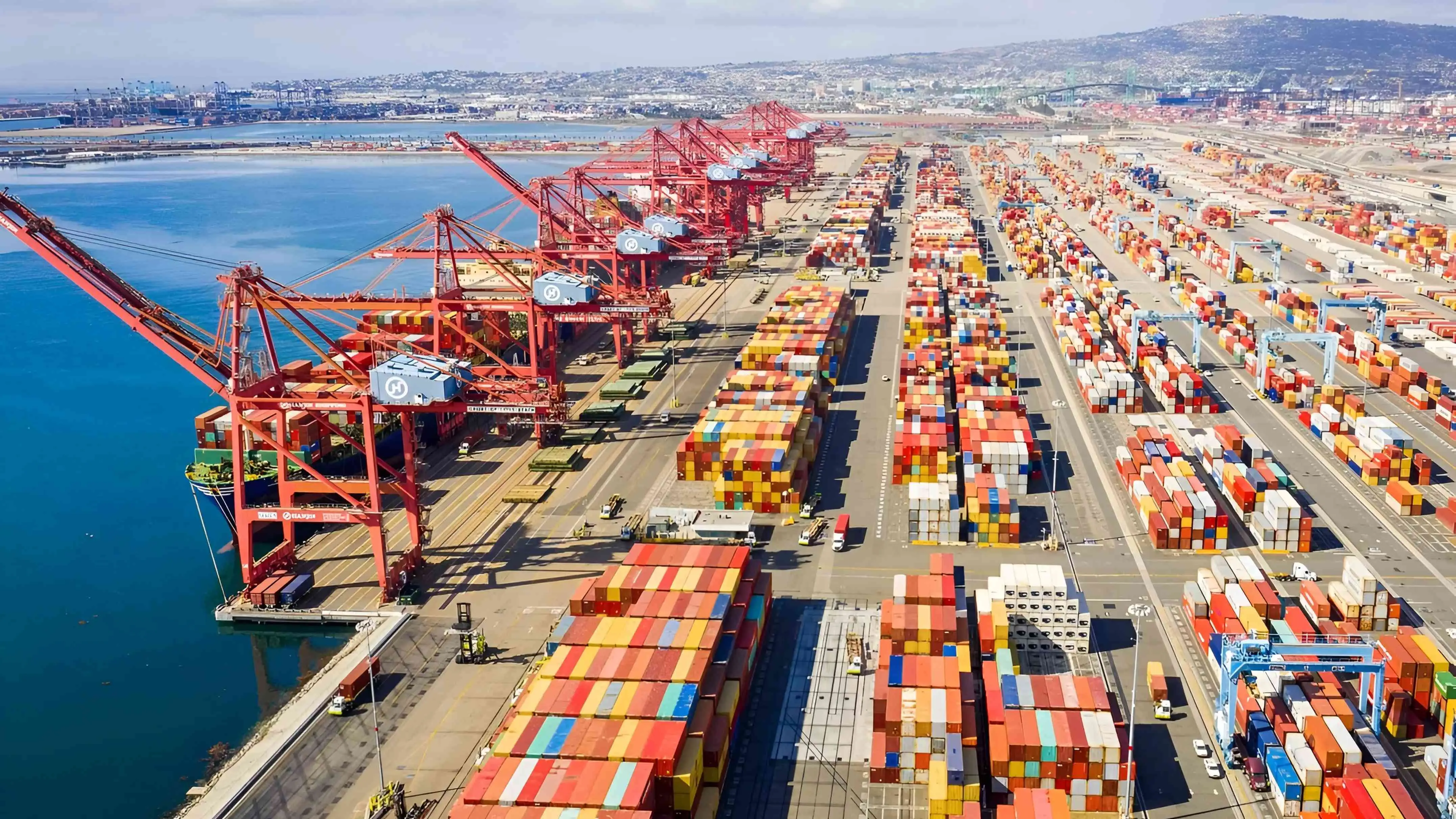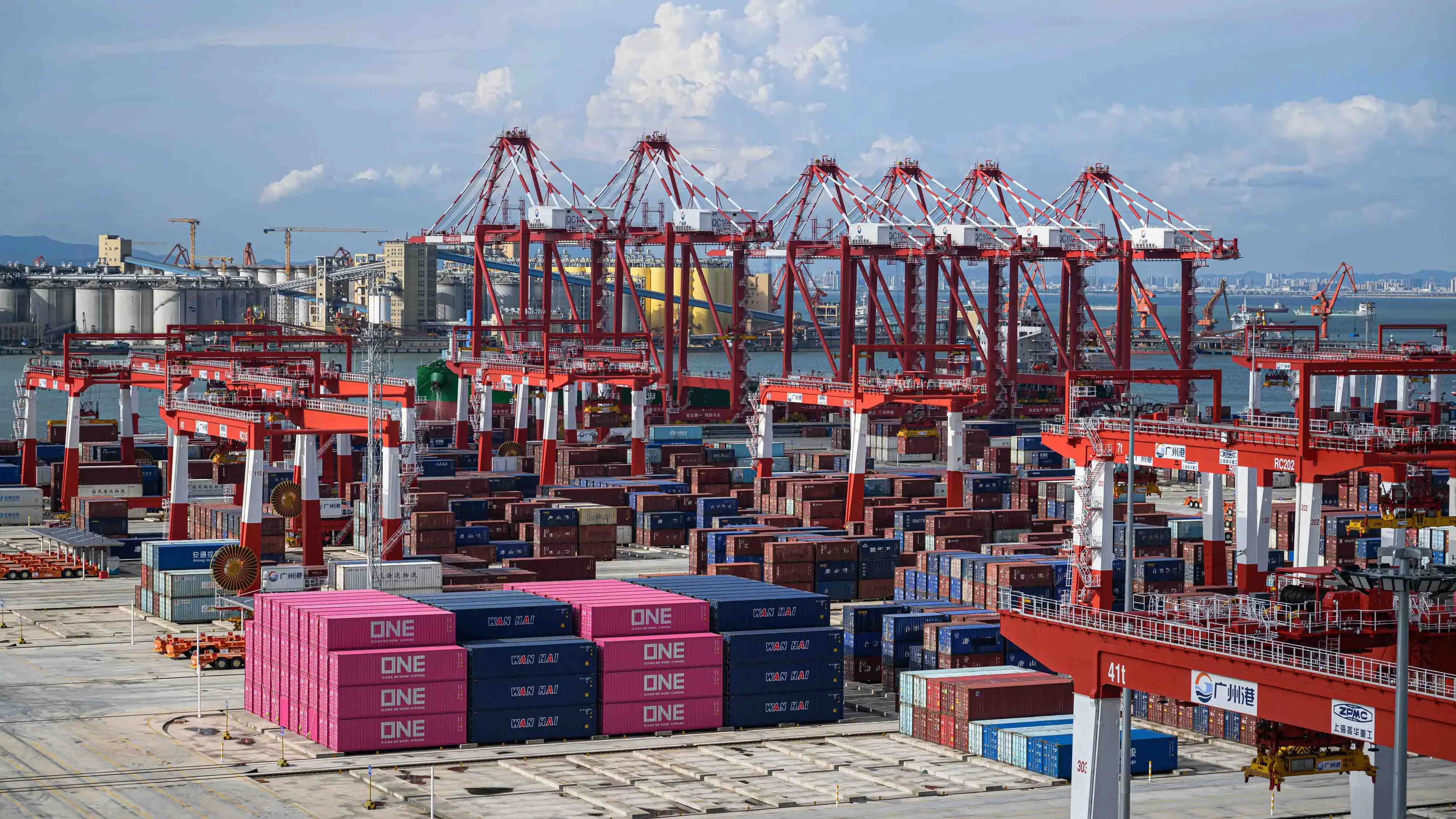Breaking The Current Situation - Leading The Future Wave Of Foreign Trade Development
In 2025, under the background of the profound adjustment of the global economic pattern and the reshaping of international trade rules, the foreign trade industry is standing at a new starting point, facing many opportunities and challenges, showing strong resilience and broad prospects for development.
In the past 2024, despite the complex and changeable external environment, China's foreign trade still maintained stable growth. According to customs data, in the first 11 months of 2024, China's total import and export value of goods trade was 39.79 trillion yuan, an increase of 4.9%, of which exports were 23.04 trillion yuan, an increase of 6.7%; Imports reached 16.75 trillion yuan, an increase of 2.4%. This achievement has laid a solid foundation for the sustainable development of the foreign trade industry in 2025.
Looking forward to 2025, the development of China's foreign trade is expected to continue a stable and good trend, showing the characteristics of stable quantity and high quality.

1.Steady growth of trade in goods: Despite uncertainties such as the threat of high tariffs on China after Trump's return to office, China's relations with major trading partners remain stable and remain important in global trade, and trade in goods is expected to maintain a relatively stable growth trend. In the first 11 months of 2024, the total import and export volume of China's private enterprises reached 3.04 trillion US dollars, an increase of 7.78%, accounting for 54.28% of the total foreign trade value, and the resilience of private trade players to cope with international trade shocks will play an important role in maintaining international market share and status.
2.Diversified expansion of trading partners: Global trade will show a moderate recovery to a certain extent, and emerging economies will make greater efforts to promote trade development. On the basis of maintaining traditional trading partners such as the United States, Europe, Japan and South Korea, China will actively expand the markets of emerging economies such as ASEAN, Africa, Latin America and Russia, especially to enhance the level of economic and trade cooperation with countries jointly building the "Belt and Road", which will effectively offset the uncertainty risks brought by changes in traditional markets.
3.Rapid development of new business forms and models: New business forms and models such as service trade, cross-border e-commerce, and digital payment have emerged rapidly, providing new development opportunities for Chinese enterprises to explore the international market. For example, Shandong Province will continue to expand new formats in 2025, implement high-quality development actions for cross-border e-commerce enabling industrial belts, jointly carry out industrial belt enabling activities with e-commerce platforms such as Amazon, and set up cross-border e-commerce industrial belt workstations to accurately support enterprises to expand cross-border e-commerce business.
4.Acceleration of domestic and foreign trade integration: China will continue to promote the integrated development of domestic and foreign trade, through deepening the reform of the foreign trade system and the construction of a unified national large market, accelerate the construction of a number of domestic and foreign trade integrated development platforms, promote the construction of a high-standard market economy system of internal and external linkage, reduce the flow of goods, services, technology and other factors between the internal and foreign trade market barriers, so as to form new effective support for the steady growth of foreign trade.

However, the foreign trade industry is also facing some challenges in 2025. Multiple factors such as trade protectionism and geopolitical conflicts will still bring uncertainty to the development of foreign trade exports, which may lead to increased trade barriers and fluctuations in the international market. At the same time, the development of artificial intelligence technology such as AI is changing the traditional form of foreign trade, which not only brings innovation opportunities, but also puts higher requirements on the adaptability of enterprises.
In the face of opportunities and challenges, all localities have taken positive measures to promote the development of foreign trade. On the first day of the New Year, Shandong held a series of activities of "10,000 enterprises going to sea and Lu Trade worldwide", organizing the first train, the first flight, the first freighter, the first loan and the first order in 2025 at the beginning of the New Year to promote foreign trade enterprises to explore the international market. At the same time, Shandong will introduce a series of policies and measures to promote 10,000 enterprises to go to sea, focus on advantageous industries and high-tech and green products, support enterprises to participate in more than 360 overseas exhibitions, organize and hold 50 international precision procurement activities, constantly improve the international marketing public service system, and promote the coordinated development of trade and investment.
Overall, in 2025, China's foreign trade industry in the complex and changing international situation, will continue to uphold the principle of open cooperation, mutual benefit and win-win, through deepening the supply-side structural reform, strengthen innovation drive, expand the diversified international market and other powerful measures, further consolidate the basic foreign trade, cultivate new momentum for foreign trade, in the global trade to show strong resilience and competitiveness. To contribute to the building of an open world economy.















